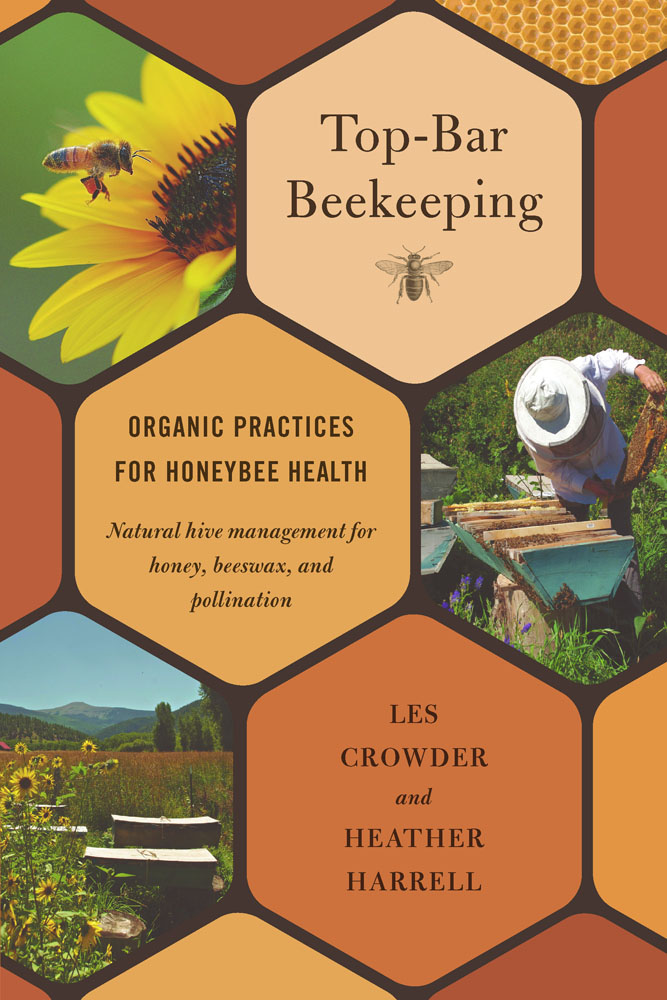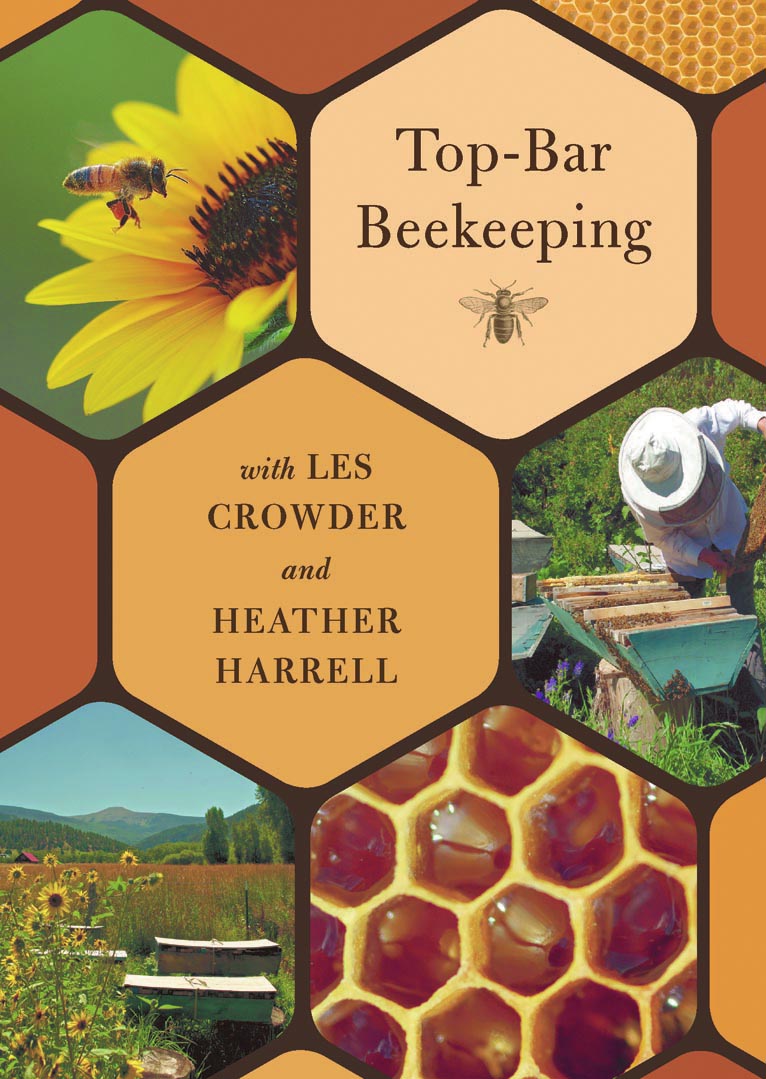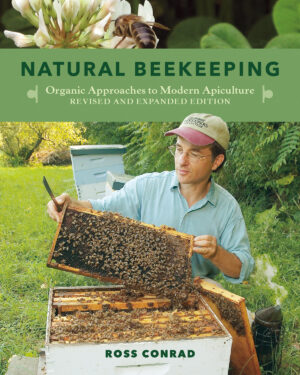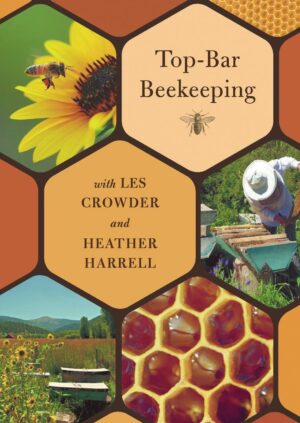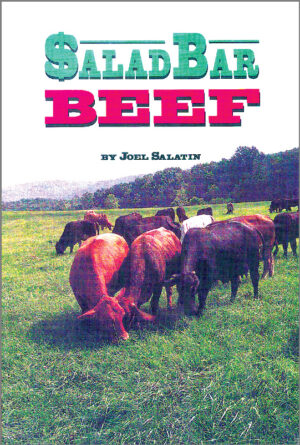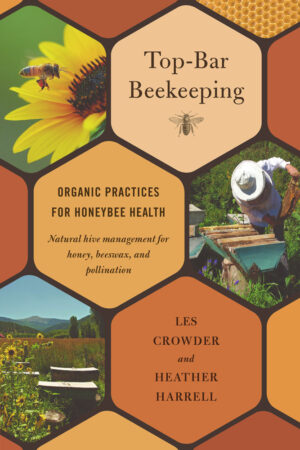EXCERPTS
| Pages: | 192 pages |
| Book Art: | Full-color photos throughout |
| Size: | 6 x 9 inch |
| Publisher: | Chelsea Green Publishing |
| Pub. Date: | August 31, 2012 |
| ISBN: | 9781603584616 |
Also available in:
Top-Bar Beekeeping
Organic Practices for Honeybee Health
Top-Bar Beekeeping is an offering designed to encourage beekeepers around the world to keep bees naturally by providing beekeeping basics, hive management and the utilization of top-bar hives.
In recent years, beekeepers have had to face tremendous challenges, from pests, such as varroa and tracheal mites, to the mysterious but even more devastating phenomenon known as Colony Collapse Disorder (CCD). Yet in backyards and on rooftops all over the world, bees are being raised successfully, even without antibiotics, miticides, or other chemical inputs. More and more organically-minded beekeepers are now using top-bar hives, in which the shape of the interior resembles a hollow log. Long lasting and completely biodegradable, a top-bar hive made of untreated wood allows bees to build comb naturally rather than simply filling prefabricated foundation frames in a typical box hive with added supers.
Top-bar hives yield slightly less honey but produce more beeswax than a typical Langstroth box hive. Regular hive inspection and the removal of old combs helps to keep bees healthier and naturally disease-free.
Top-Bar Beekeeping provides complete information on hive management and other aspects of using these innovative hives. All home and hobbyist beekeepers who have the time and interest in keeping bees intensively should consider the natural, low-stress methods outlined in this book. It will also appeal to home orchardists, gardeners, and permaculture practitioners who look to bees for pollination as well as honey or beeswax.
Awards
- New Mexico Book Awards, Finalist (Crafts/Hobby/How-To)
Reviews and Praise
ForeWord Reviews-
"Farmers who seek a guide to hive maintenance told through a thoughtful personal narrative will benefit from the discussion of this topbar style of beekeeping. The first-person style of the book allows a window into the practices of the topbar beekeeper while conveying a wealth of knowledge and a well-researched comparison of hive practices. The book is appropriate for beginning beekeepers as well as those experienced but looking for information on natural and organic beekeeping practices. The book’s ten sections discuss optimal practices of an organic beekeeper juxtaposed with discussion of industry standard practices and their drawbacks. Each section contains stories of the authors’ successes and failures as well as diagrams and pictures to explain everything from hive design to plant species for optimal pollination. Whether the reader is looking to start their own hive or simply increase their knowledge of honeybees, the book provides interesting and detailed discussions of all aspects of raising them. Crowder and Harrell offer not only advice on how to get started, but an in-depth discussion of all aspects of keeping a hive, from bee capture, breeding, and selection to honey processing. They have crafted a book that is both informative and engaging, filled with introspective advice and practical knowledge."
More Reviews and Praise
Publisher's Weekly-
"Cave drawings show beekeepers “smoking” their hives, preparing for insect interaction. Today’s mass-produced honey relies mostly on the venerable Langstroth method of beekeeping, which has produced plenty of honey—but also has introduced plenty of chemicals into the process—through the years. Top-bar hives, named for the bars that run across their tops, are popular with bee beginners even though they produce less honey than Langstroth hives. But this account, the culmination of Crowder and Harrell’s 40 years of top-bar beekeeping adventures, shows the reader their method’s advantages: it avoids antibiotics, miticides, and other chemicals inherent to the conventional process. Crowder and his wife, Harrell, leave no comb unharvested as they take the top-bar aspirant from bee basics (stings, smoke, and hive transfers) through hive management (comb removal and feeding) to beneficial, and profitable, byproducts like beeswax. For those a bit lukewarm to the swarm, the book gives a fascinating insight into bees’ elaborate organizational and geometry skills, and it may even make one reconsider buying mass-marketed, chemical-laced honey."
"Reading Top-Bar Beekeeping reminds me of the classes I took with Les Crowder several years ago. He's a man who truly knows whereof he speaks, who has the gift of communicating with his small friends, the bees, and sharing his understanding with us. . . . This is the one book on beekeeping that I will recommend to my permaculture students."--Scott Pittman, Director, Permaculture Institute USA
"This is an excellent guide for hobby beekeepers who wish to keep bees using top-bar hives. Drawing on his more than 30 years of beekeeping experience in New Mexico, author Les Crowder describes in detail the special comb management techniques that this low-cost, but relatively intensive, form of beekeeping requires. Top-Bar Beekeeping also provides an eloquent appeal for beekeepers to make care, respect, and reverence the foundation of their relationships with the bees."--Thomas D. Seeley, Cornell University; author of Honeybee Democracy and The Wisdom of the Hive
"This book presents practical advice, gained from first-hand experience, on the organic management of top bar hives. This book will serve as an excellent guide to the ever-growing number of beekeepers that utilizes less intrusive management schemes such as top bar hives. Thanks to Les and Heather for their efforts to provide sound advice on natural ways to keep bees."--Dr. Jeff Pettis, USDA-ARS
Reviews and Praise
ForeWord Reviews-
"Farmers who seek a guide to hive maintenance told through a thoughtful personal narrative will benefit from the discussion of this topbar style of beekeeping. The first-person style of the book allows a window into the practices of the topbar beekeeper while conveying a wealth of knowledge and a well-researched comparison of hive practices. The book is appropriate for beginning beekeepers as well as those experienced but looking for information on natural and organic beekeeping practices. The book’s ten sections discuss optimal practices of an organic beekeeper juxtaposed with discussion of industry standard practices and their drawbacks. Each section contains stories of the authors’ successes and failures as well as diagrams and pictures to explain everything from hive design to plant species for optimal pollination. Whether the reader is looking to start their own hive or simply increase their knowledge of honeybees, the book provides interesting and detailed discussions of all aspects of raising them. Crowder and Harrell offer not only advice on how to get started, but an in-depth discussion of all aspects of keeping a hive, from bee capture, breeding, and selection to honey processing. They have crafted a book that is both informative and engaging, filled with introspective advice and practical knowledge."
Publisher's Weekly-
"Cave drawings show beekeepers “smoking” their hives, preparing for insect interaction. Today’s mass-produced honey relies mostly on the venerable Langstroth method of beekeeping, which has produced plenty of honey—but also has introduced plenty of chemicals into the process—through the years. Top-bar hives, named for the bars that run across their tops, are popular with bee beginners even though they produce less honey than Langstroth hives. But this account, the culmination of Crowder and Harrell’s 40 years of top-bar beekeeping adventures, shows the reader their method’s advantages: it avoids antibiotics, miticides, and other chemicals inherent to the conventional process. Crowder and his wife, Harrell, leave no comb unharvested as they take the top-bar aspirant from bee basics (stings, smoke, and hive transfers) through hive management (comb removal and feeding) to beneficial, and profitable, byproducts like beeswax. For those a bit lukewarm to the swarm, the book gives a fascinating insight into bees’ elaborate organizational and geometry skills, and it may even make one reconsider buying mass-marketed, chemical-laced honey."
"Reading Top-Bar Beekeeping reminds me of the classes I took with Les Crowder several years ago. He's a man who truly knows whereof he speaks, who has the gift of communicating with his small friends, the bees, and sharing his understanding with us. . . . This is the one book on beekeeping that I will recommend to my permaculture students."--Scott Pittman, Director, Permaculture Institute USA
"This is an excellent guide for hobby beekeepers who wish to keep bees using top-bar hives. Drawing on his more than 30 years of beekeeping experience in New Mexico, author Les Crowder describes in detail the special comb management techniques that this low-cost, but relatively intensive, form of beekeeping requires. Top-Bar Beekeeping also provides an eloquent appeal for beekeepers to make care, respect, and reverence the foundation of their relationships with the bees."--Thomas D. Seeley, Cornell University; author of Honeybee Democracy and The Wisdom of the Hive
"This book presents practical advice, gained from first-hand experience, on the organic management of top bar hives. This book will serve as an excellent guide to the ever-growing number of beekeepers that utilizes less intrusive management schemes such as top bar hives. Thanks to Les and Heather for their efforts to provide sound advice on natural ways to keep bees."--Dr. Jeff Pettis, USDA-ARS


